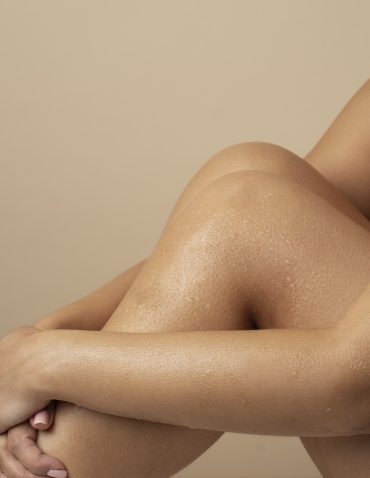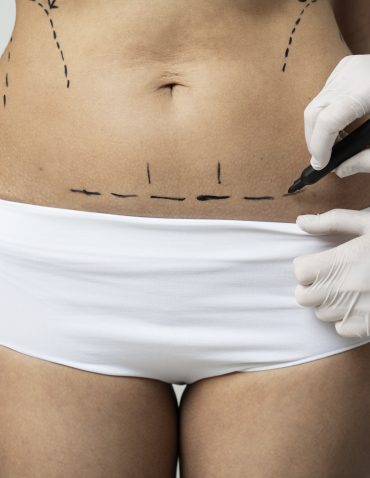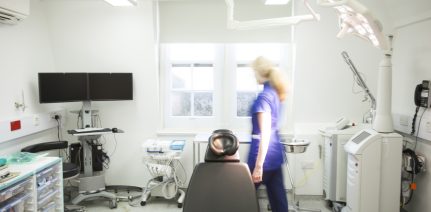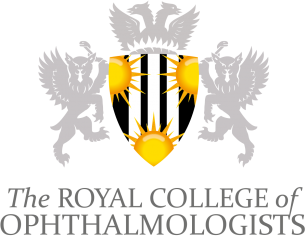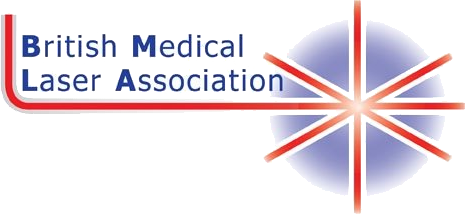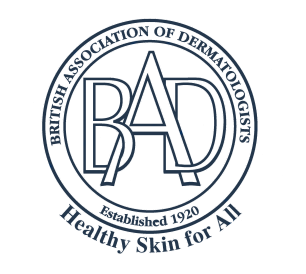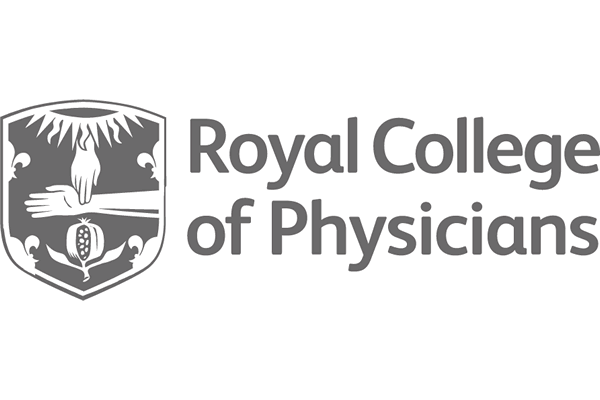"Saw Mr Ioannis Goutos for a scar on my hand. Had a full hour with the doctor, which I believe is unusually long for a Harley Street appointment, in a good way. I felt all my questions were answered. Questions I didn’t even know I had were also answered. I will use this same service for scars from any future surgeries. Thank you again!"
What is skin grafting surgery?
Skin grafting is a surgical procedure used to cover up damaged or diseased parts of the skin or open wounds. During the procedure, a layer of skin shaving is taken from a “donor site” on the patient’s body. This site is usually situated on the outer thighs, back , or buttocks, as these areas have large surface areas of skin, are easy to conceal under clothing, and tend to heal relatively rapidly and well.
The skin from the donor site is then placed onto a “graft site”- the part of the body needing treatment. Graft sites often have been subject to wounds, illnesses, or injuries. The skin there may have been burnt, scarred, or damaged in some other way. The healthy donor skin is placed onto the graft site, covering the injured area, protected with dressings and then left to heal.
When is a skin graft performed?
Skin grafting surgery is often necessary when large areas of skin are wounded or burned. It is commonly used to restore damaged skin and improve its function and appearance. Additionally, patients may seek skin grafts to cover facial scars resulting from trauma, surgery, or illness. Generally, a graft can be an effective treatment option whenever a section of skin is severely damaged.



